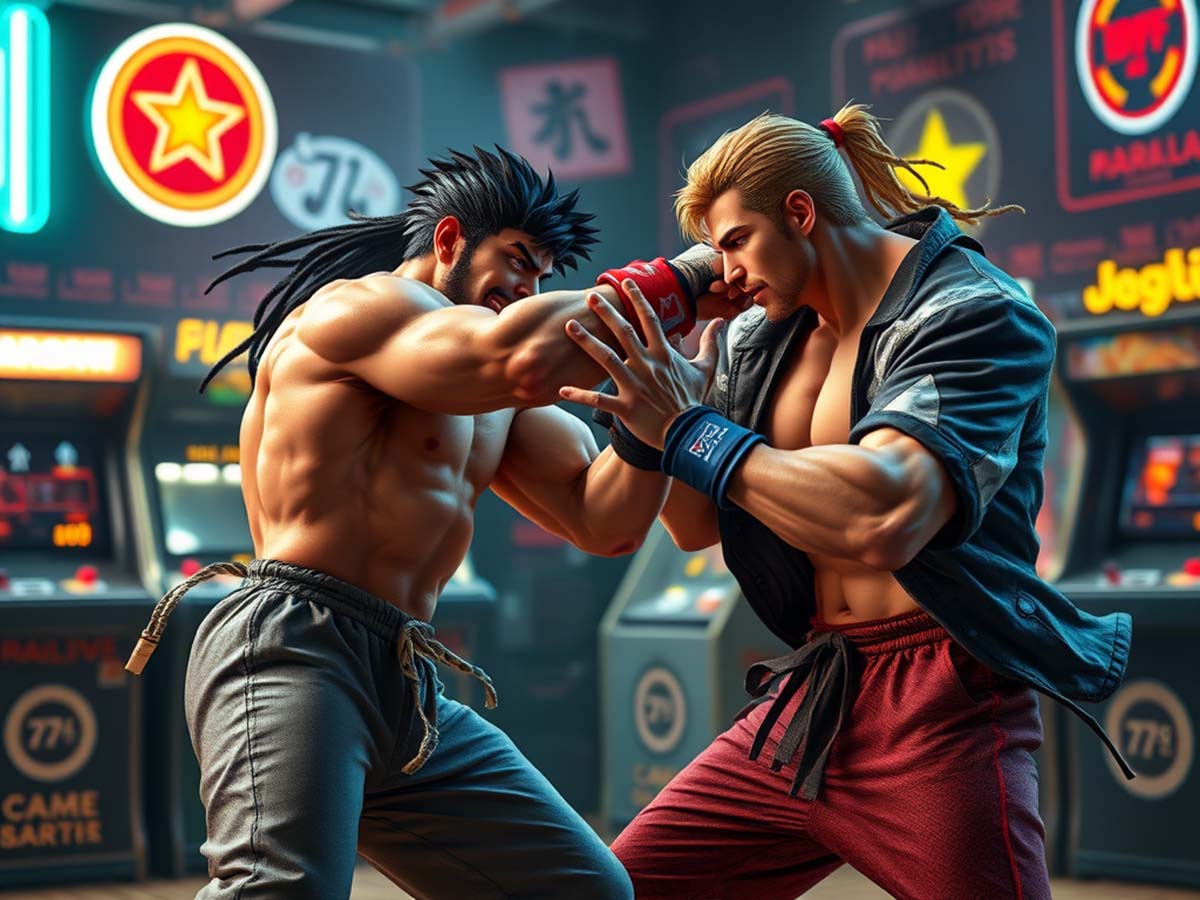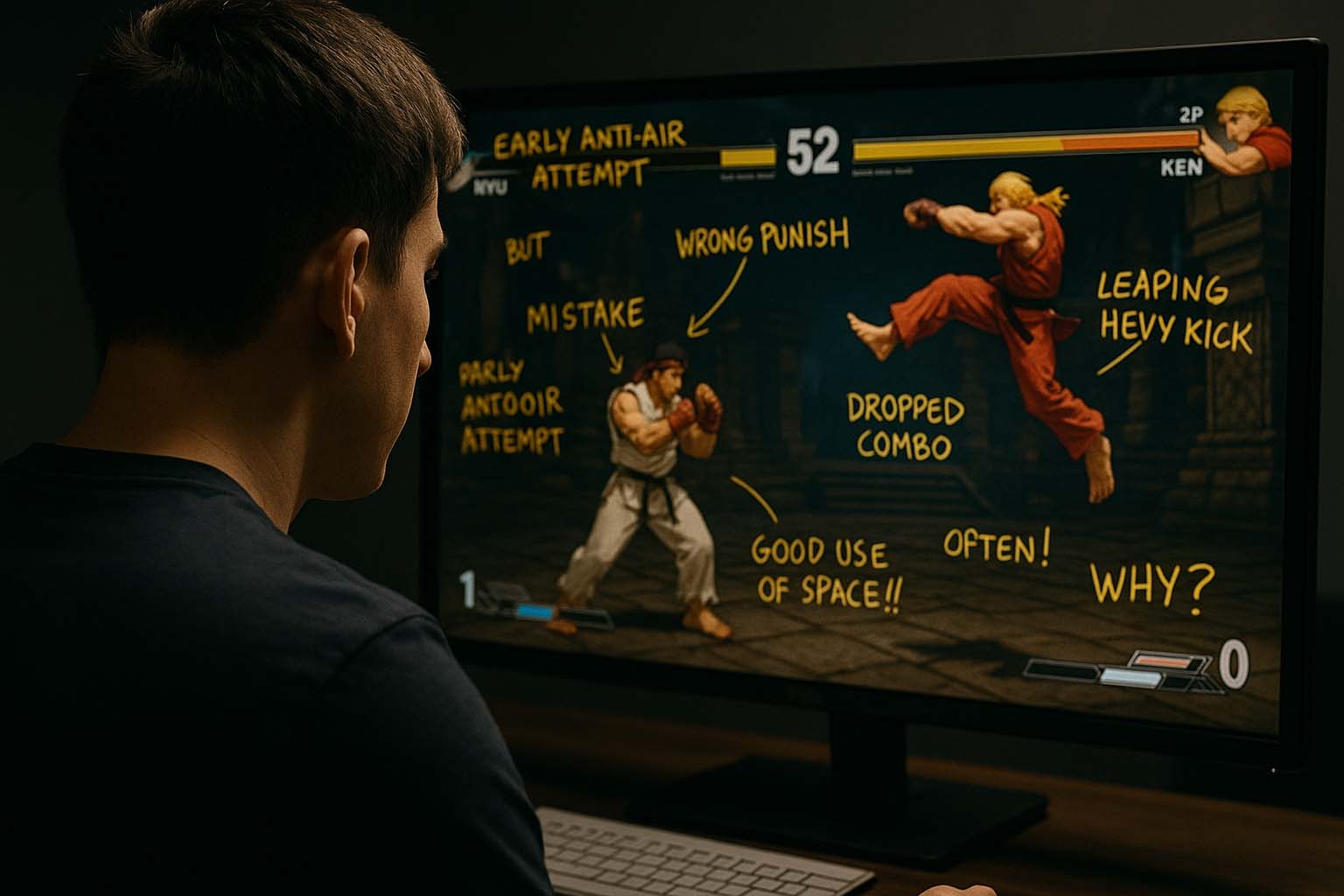Character Balance in Capcom Fighters: A Commitment to Fair Play
For every Capcom fighting game player worldwide, fair matches are the foundation of true competition. When characters are designed with balance in mind, the game becomes more enjoyable—not only for newcomers but also for seasoned players competing on international stages.
Quick Overview
- Character tuning is informed by match data, community feedback, and consistent updates.
- Capcom works closely with professional circuits and casual players to keep matchups fair.
- Ongoing improvements rely on technical tools, user reporting, and large-scale game simulations.
Why Balance Shapes Player Experience
Each character in a fighting game comes with a unique playstyle and set of abilities. But when certain characters clearly outperform others, the core experience suffers. A dominant character quickly becomes the go-to pick, while others fade into obscurity. This leads to repetitive matchups and fewer creative strategies.
Consider the early release of Street Fighter IV, where several characters lacked power while others overwhelmed the competition. Over time, updates brought more parity, and this restored excitement to both ranked and professional play.
Balanced gameplay prevents frustration, encourages diverse strategies, and keeps the competitive scene fresh for years.
How Data Shapes Design
Every action during matches—from attack chains to victory rates—is recorded behind the scenes. Capcom carefully tracks this information, using it to decide how characters are performing in different regions and tiers of play.
When trends emerge, like a particular move being used far more than expected, it signals a deeper imbalance. Developers then evaluate whether a move should deal less damage or if certain frames need adjustment.
Example of Balance Adjustment
If Ryu consistently defeats Chun-Li with a 20% lead in win rate, developers may review his skill set for efficiency. He might have faster startup frames or combos that are too rewarding. Chun-Li might receive improvements in mobility or defense to compensate. These updates often go live in minor patches throughout the season.
Commitment Beyond Launch Day
Game balance is never finished. While launch versions try to cover all bases, real-world gameplay always reveals unexpected outcomes. That’s why Capcom releases regular updates, sometimes every few weeks or with seasonal content.
The Importance of Frequent Tweaks
Many players remember how Street Fighter V introduced the Season Pass approach to keep the game feeling fresh. Each new content drop included not just characters but also important system updates. Frame data, hitboxes, and even meter build mechanics received adjustments based on ongoing analysis.
This continuous review ensures that the game doesn’t grow stale. Every new season provides a clean slate for strategies to evolve.
Engaging with the Community
Capcom doesn’t rely only on numbers. Community channels play a central role. Through official forums, social platforms, and feedback threads, the development team remains in close contact with its player base.
Regional Representation
Players from North America, Europe, South America, and Asia contribute insights that developers carefully review. Whether a bug is reported in Japan or a strategy emerges from a local tournament in Brazil, it all gets logged.
Balancing isn’t about pleasing one group—it’s about reflecting the global nature of the competitive scene.
Competitive Scenes as Testing Grounds
The Capcom Pro Tour is a professional circuit, but it also provides important data. When top players repeatedly rely on the same setups across various events, it suggests those tactics are too strong or lack counters.
Patch Cycles After Majors
After each Pro Tour season, Capcom reviews the tournament footage, player interviews, and character usage statistics. If the top 8 brackets feature only three characters across every region, something needs to be addressed. Developers analyze which tools created these outcomes and plan updates accordingly.
Comparing Game Titles and Mechanics
Balance methods differ between games, even within Capcom’s catalog.
Street Fighter V’s V-System
The V-System mechanics were innovative. However, early versions led to complaints, especially about Laura and Rashid. Laura could snowball with high damage, while Rashid overwhelmed opponents with speed. Season 2 rebalanced them with longer cooldowns and tweaks to activation timing, restoring fairness.
Marvel vs. Capcom: Infinite
This title brought the Infinity Stones feature, which introduced new complexity. Some combinations, like Reality Stone paired with Thor, became difficult to stop. Capcom responded by simulating thousands of matches internally, testing interactions and tweaking outlier pairings.
Street Fighter 6 and Modern Analysis
This title uses the Drive Gauge, which supports offense and defense. Early in its release, Drive Impact mechanics caused imbalance when used with specific loop sequences. AI-based analytics detected patterns automatically, allowing developers to intervene even before public complaints surfaced.
Common Balance Challenges
Character balance touches many gameplay elements. Developers face recurring problems, such as:
- Specials or combos that eliminate too much health in one go.
- Low recovery times that make punishing moves too difficult.
- Pressure sequences that remove player interaction.
- Characters moving too fast for others to counter effectively.
To solve these, developers often add recovery frames or adjust vulnerability windows. Even small tweaks—like delaying input recognition by a few frames—can make a move more manageable without hurting creativity.
Changing Strategies in Real Time
Even without patches, the meta shifts as players discover new techniques. A strategy that worked last month might suddenly become ineffective once counters spread through the community.
Monitoring Tournament Play and Casual Matches
Capcom uses character pick rates, combo win percentages, and skill breakdowns to watch the evolution of matchups. If Ibuki becomes dominant in Europe while Juri rises in North America, regional adjustments might be needed.
Global data receives priority, but Capcom makes sure not to overlook local innovations. They evaluate whether certain playstyles are only regionally dominant or could spread globally if left unchecked.
How Frame Data Improves Practice
Serious players benefit from studying frame data during practice sessions. Training mode allows users to break down the exact number of frames it takes for moves to start, recover, and land safely. By understanding this timing, players can craft their responses and punishes more effectively.
This technical knowledge separates experienced fighters from casual players. Frame traps, safe jumps, and reversal timings are all rooted in frame data knowledge. Capcom ensures that this data remains visible and accessible for each update, helping players adjust to every balance change.
Character Diversity and Player Identity
One of the biggest signs of successful balance is when players feel free to choose characters they enjoy without being punished by the game’s systems. When a roster has multiple viable choices, players can express themselves through playstyle rather than just meta strength.
This character freedom strengthens community identity. Tournaments become more exciting when unexpected characters make it far into the bracket. When character diversity thrives, so does the community.
Community-Driven Balancing at Grassroots Level
Beyond the Pro Tour, local and grassroots events provide important feedback. Weekly brackets, online lobbies, and regional meetups contribute to shaping opinion. Many rising players share feedback on social platforms or Discord groups where developers quietly observe trends.
Community testers often find setups before anyone else. Their dedication and early reports play a huge role in smoothing out imbalances before they reach larger audiences.
Next Steps for Balance in the Future
Technology continues to improve how developers monitor and maintain character fairness.
Automated Testing with Advanced Tools
Machine learning is now part of Capcom’s toolkit. Developers simulate millions of matches between different skill levels and character combinations. This reveals unintended interactions or exploits before they show up in ranked play.
Pre-release environments are also changing. Simulations can generate feedback that once took months to collect from actual players.
Real-Time Reporting Inside the Game
Capcom is exploring systems that allow players to tag unusual outcomes directly through the game interface. If a move feels unbeatable or a matchup becomes one-sided, telemetry can alert developers before the forums light up with complaints.
These tools are expected to reduce wait times for necessary updates.
What Players Can Do to Stay Competitive
Fighting games reward knowledge and timing. Staying informed about updates is key.
- Visit Capcom’s regional websites to read patch notes as soon as they release.
- Follow top players on streaming platforms to see how pros adapt to balance shifts.
- Use training mode to test how changes affect your main characters.
Regular practice, coupled with awareness of seasonal changes, gives players a competitive edge whether online or in tournaments.
Everyone Has a Role
Character tuning is not just a developer’s responsibility. It’s a shared task. Players, testers, and designers all influence the outcome.
From arcade corners in Seoul to arena finals in São Paulo, the excitement of a close fight relies on fairness. When all voices are considered, every punch, kick, and combo becomes more meaningful.
Capcom’s ongoing commitment—and the community’s continued support—help shape a fighting game experience that remains rewarding, inclusive, and challenging over time.


